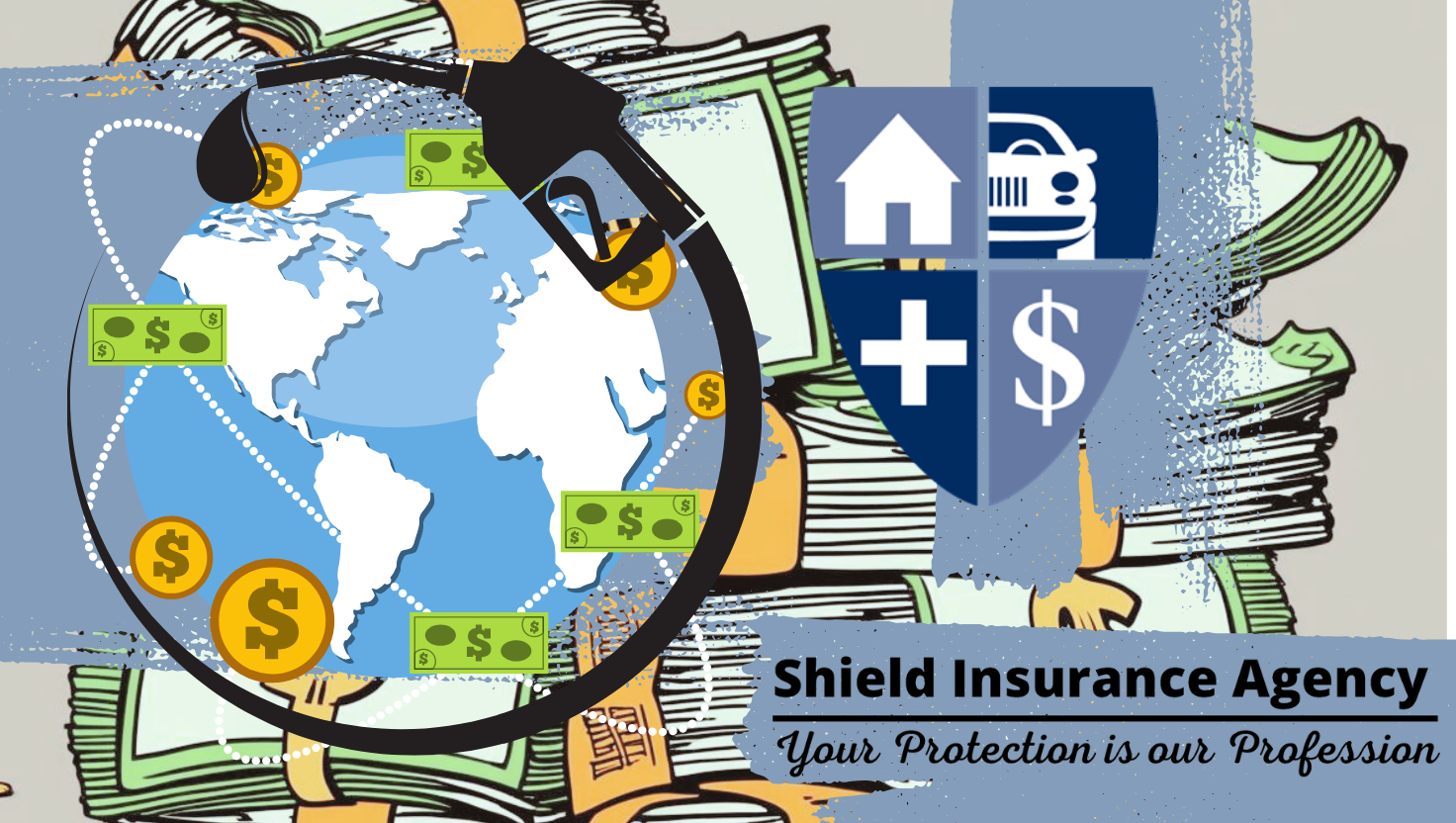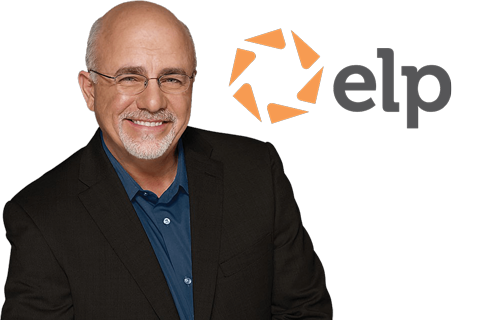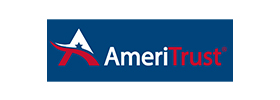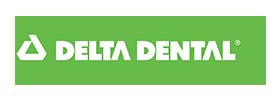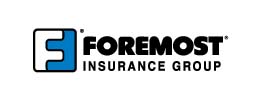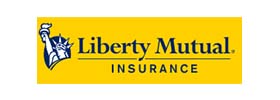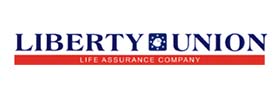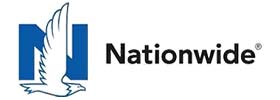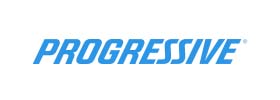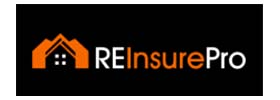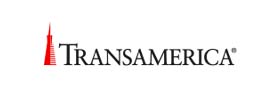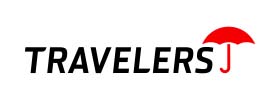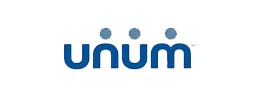
The Ultimate RV Insurance Guide
The Ultimate RV Insurance Guide
One of the first things a person must consider after purchasing an RV is RV insurance. That said, camper insurance can be a bit confusing and overwhelming. Often, this means an RV owner ends up with insufficient coverage or the wrong type of insurance altogether. This is something that can backfire terribly in the long run.
If you’re feeling overwhelmed by all there is to know about motorhome insurance, know that you are not alone. In fact, there are so many people looking for information on this very topic that we’ve decided to put together a guide to make things as clear-cut as possible.
What is RV Insurance?
We’ll start at the very beginning by talking a bit about what RV insurance is. As you might imagine, motorhome or travel trailer insurance is a lot like auto insurance (or even homeowners insurance) in a lot of ways.
Essentially, this insurance protects you and your RV should something go wrong while you’re out camping, or when the rig is in storage. That said, there are some key differences between RV insurance and auto insurance or homeowners insurance. Most of these involve the items and events that are covered.
Is this Insurance Required?
You may be wondering if you really need camper insurance at all. The answer? It depends.
The owners of motorhomes of all shapes and sizes must, at the very least, hold liability insurance in order to drive their motorhomes legally. Of course, if you have a loan out on your motorhome, you will probably need to carry much more than just liability insurance—and honestly, this is what we recommend anyway.
If you have a towable RV and you own it outright, you are not legally required to hold any kind of travel trailer insurance policy. However, if you are paying off a loan on the trailer, the lender will likely require you to keep a certain level of insurance until the loan is paid off in full.
It’s also important to note that some campgrounds require campers to have insurance on their RVs. If this is the case, they will request to see valid proof of insurance before allowing you to stay.
Even if you don’t have a loan on your trailer and don’t visit campgrounds that require every camper to have insurance, we still highly recommend holding an insurance policy. Depending on the policy you choose, your insurance could protect you should a person be injured by your trailer. It will also protect your investment should something happen to the camper.
Types of RV Insurance
There are many different types of insurance coverage for RVers. There are policies for motorhomes, which usually include the things you might see on a car policy—bodily injury and property damage liability, uninsured motorist, personal injury protection, and so on.
Motorhome policies may be liability only, or they may include collision and comprehensive insurance, so be sure you know what you’re getting before you purchase anything.
Additionally, there is insurance specifically for travel trailers and fifth wheels. These policies can also be full coverage policies or liability only. However, they will not include coverages that involve on-the-road incidents, as these things should be covered by the insurance you carry on your tow vehicle
Finally, we must mention full-time RV insurance. These policies protect those who live in their RVs full-time by covering the possessions in their RV and helping them find a place to stay should their RV be totaled.
As you might’ve guessed, full-time RV insurance is more expensive than typical RV insurance, so you will want to be prepared to pay a pretty penny for such coverage.






